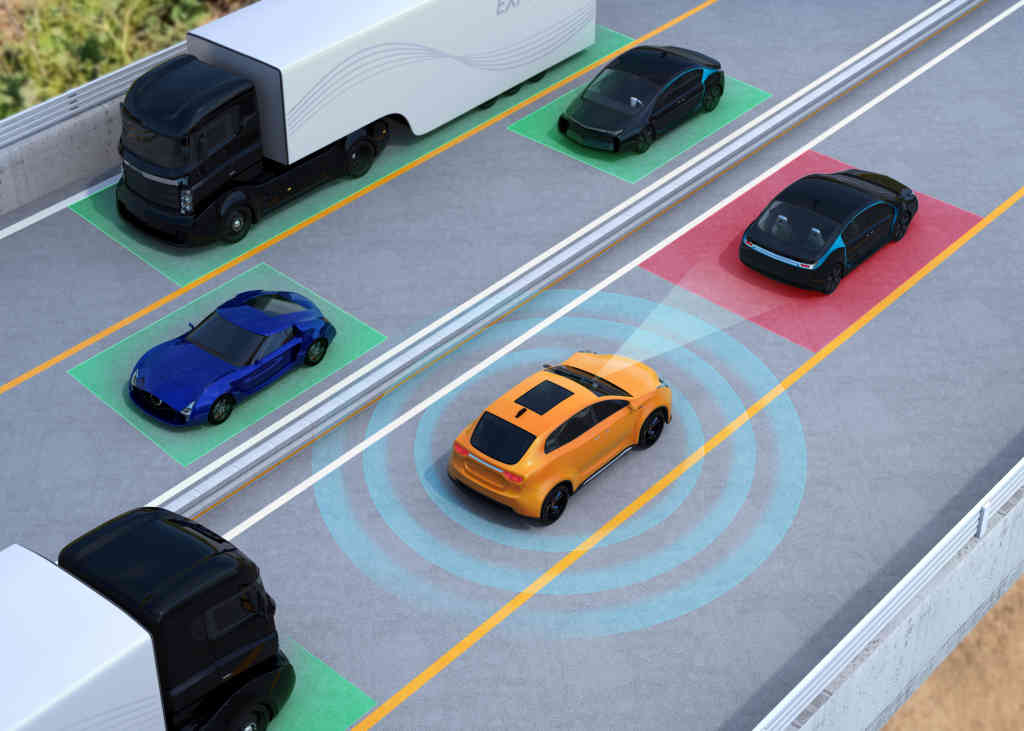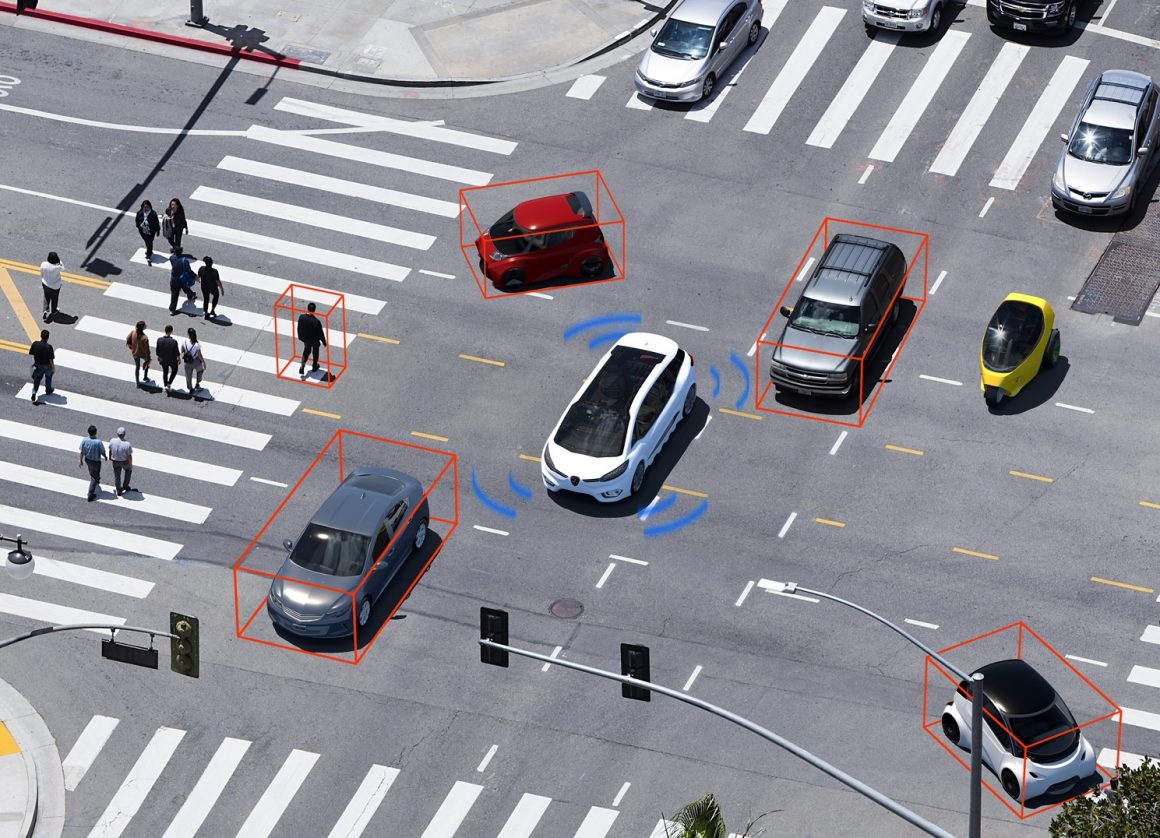LiDAR is a new technology that has been making its way into the automotive industry in recent years. You can call it the upgraded version of the advanced driver assistance systems (ADAS) and it has drastically improved road safety.
Let’s find out what technology it is and how it works to provide better road safety than the previous systems.
What Is LiDAR?
LiDAR stands for Light Detection and Ranging. It’s a laser-based system that helps car drivers see what’s in front of them. It enhances the ability of your car to react to objects around you, which can be critical for avoiding collisions.
Depending on which LiDAR sensor you have, it may use laser or infrared light to create a 3D image of the surroundings. It creates those images in real-time and works in 360 degrees, which does wonders in minimizing the possibility of unwanted collisions.
How Does LiDAR Work?
LiDAR works by projecting laser light out of the car and measuring how long it takes for the light to bounce off an object like another vehicle or pedestrian. The data from this measurement is then used to calculate distances between objects on the roadway. The system also provide warnings about upcoming obstacles.
The system is intelligent enough to measure the distance from all directions and calculates how much time it would take for an object to get in front of your car if you were driving at a particular speed. This information helps drivers avoid potential collisions with other vehicles or pedestrians.

For instance, when you’re driving at night, something could suddenly appear on the road ahead of you. Without LiDAR technology, your car might not detect this obstacle until it’s too late and causes an accident. With LiDAR though, there are no surprises — all obstacles will show up on your dashboard display long before they become a problem so that you can take appropriate action!
SEE MORE
- How to Save Money on Minor Collision Repairs
- Thinking of Buying a Car? Look For These Car Safety Features
Is LiDAR Better Than a Camera-Based System?
Camera-based systems cannot replicate a 3D object of the surroundings. They work in a 2D form, so the representation is not as accurate or reliable as a LiDAR sensor. A LiDAR projects a laser in three dimensions. This means that it can detect the height and depth of an object. This is helpful when you are trying to avoid something tall like a pedestrian or short like a speed bump.
A camera system can only provide images based on the light reflected off of an object. But a laser-based system measures distance directly by measuring how long it takes for the lights to bounce back.
LiDAR works well in low-light situations because its operation does not depend on the presence of light. On the other hand, cameras might provide less accurate results during nighttime because they require adequate light to function. A LiDAR also works better when an object is partially occluded, like a deer that’s behind a bush or in the shadows.
Conclusion
Cars equipped with LiDAR technology offer better safety features than those without it because they provide much more information and make it easier for drivers to avoid potential collisions, even in low-light situations. It is expensive but safety is something that should not be compromised.



